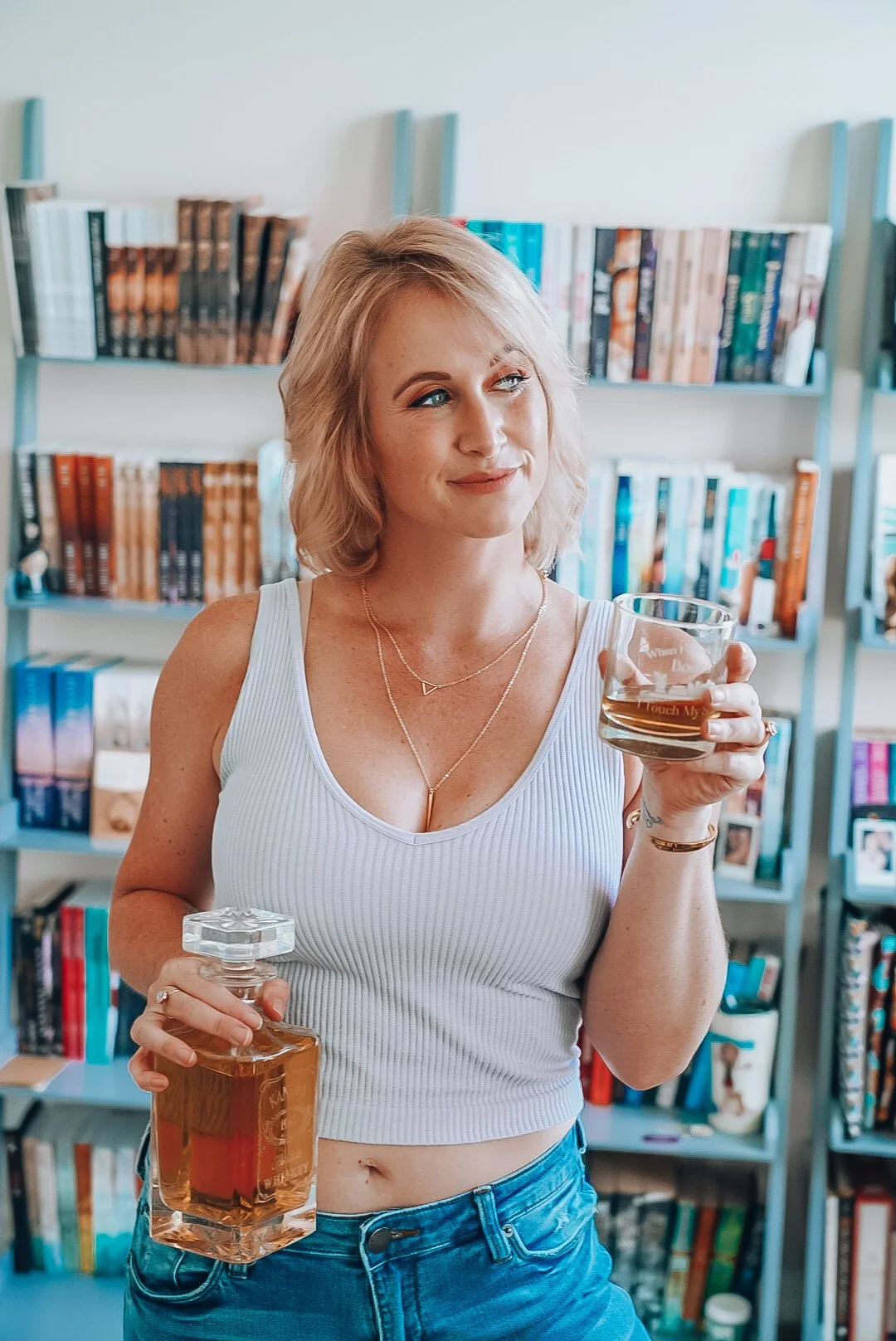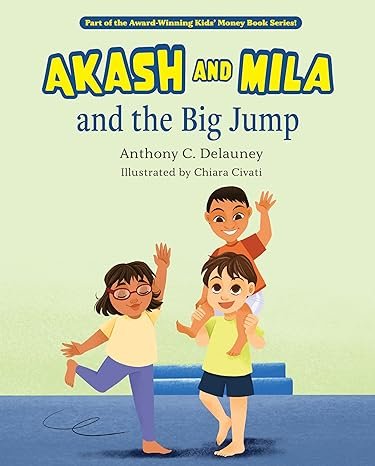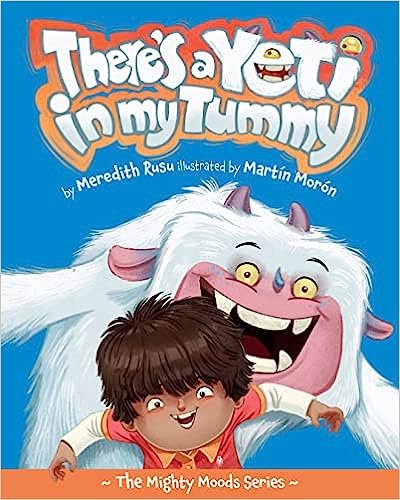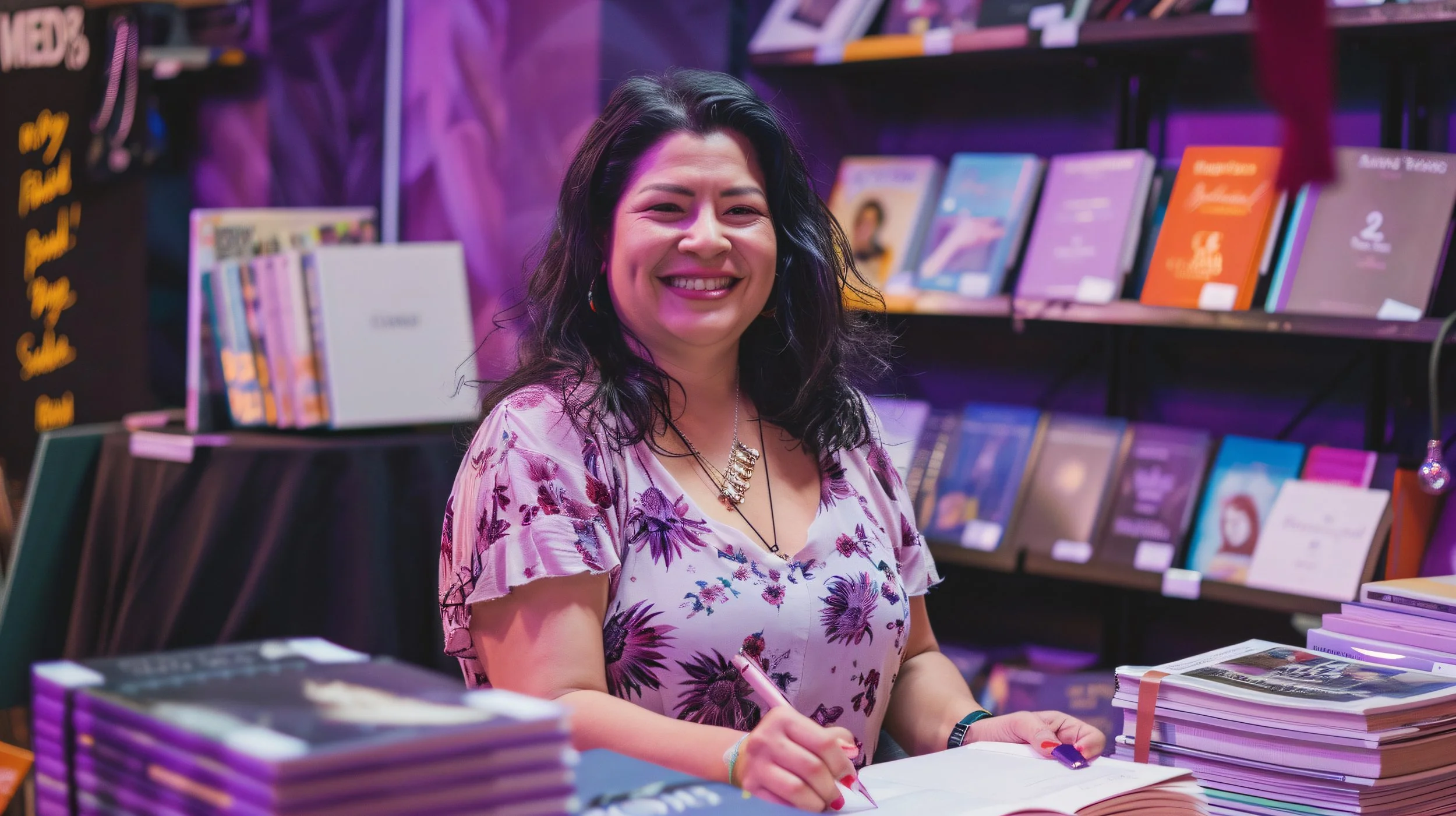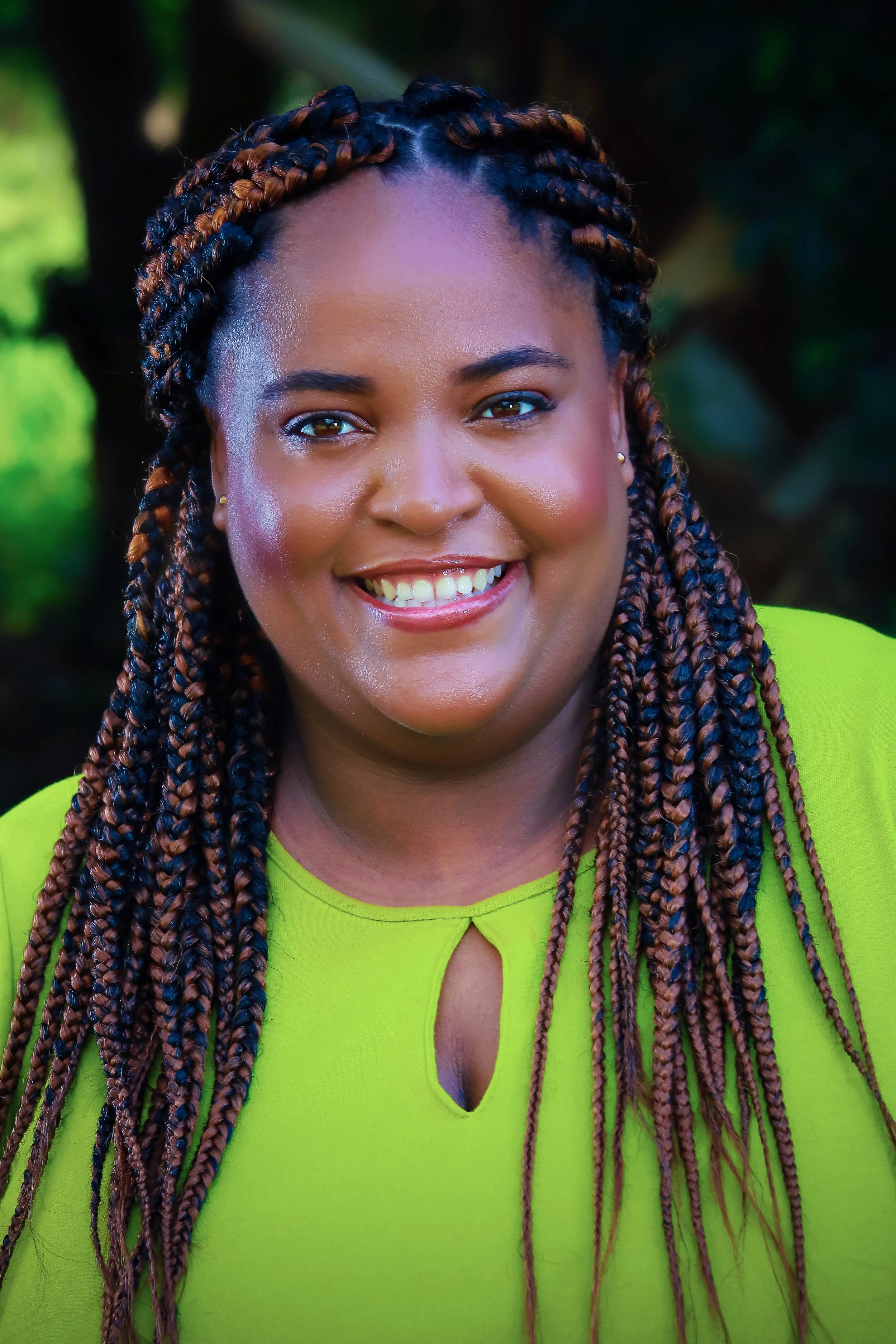A Forgotten Dream Realized by Bella Mahaya Carter
/Author of Where Do You Hang Your Hammock?: Finding Peace of Mind While You Write, Publish, and Promote Your Book
Recently, while skimming old journals, I came upon this line I wrote in 1986: “One day I’d like to write a book about writing.” At the time, I was a graduate student and screenwriting teaching assistant at USC’s film school.
I’d completely forgotten that dream. But here I am, thirty-four years later, fulfilling it with Where Do You Hang Your Hammock? I never could have guessed the twists and turns my life would take, or that I’d become more interested in books than films, or that I’d develop a passion for spiritual psychology, personal transformation, and growth.
As a young adult, I (like many aspiring artist-dreamers) fantasized about fame and fortune. Although I felt abundantly creative, I had no idea what it took to make a living—or a life—from my creativity.
For years my creative passions got stuck in logjams of insecure thought. I had no idea how insecure I really was. How much my desire to please others translated into small, but continuous betrayals of myself.
As a young writer, I had no platform, little experience or practice, and scant skills. In other words, I had a lot to learn. Throughout my thirties I submitted poetry and prose to literary journals and received more rejections than acceptances. In my forties, I shopped a memoir, which never found a home. What made those rejections painful was my belief that they had to do with me personally. I translated it into: I have no talent and should stop writing. I’m wasting my time. This created inner turmoil because I had to write. I needed to write. It fed me. It calmed me. It helped me make sense of my life. This was the reason I never gave up.
By the time I reached fifty, I knew a lot more about myself and about publishing. I quit taking rejection personally, and found rich and rewarding ways to make and share my work. I believed in it and in myself. This has been a game-changer.
Still, I wish I’d known much earlier than I did that I could have ignored my insecure thinking. I didn’t realize we all have insecure thoughts. It’s part of the human condition. It’s universal. I had no idea I could relegate fear to the back seat instead of letting it navigate, or worse, drive my life. Learning this has led to personal as well as creative liberation.
It’s not just me! I realized five decades into my journey.
When the world seems to be saying “no” to you and your creative expression, consider that it might mean, “No, not yet.” You may have more to do. You may need to let your idea marinate a little longer. You may need to study, practice, observe, and hone your craft.
Or maybe you need to face a new direction. Try an alternative path. Change your perspective. Or, as I describe in my new book, move your hammock to a new location in order get a different view.
Maybe, like me, you’d enjoy becoming a scientist of your own psyche. Maybe you’d like to open your heart more. Take a deeper dive. Perhaps you need to peel back a few more layers and let yourself be vulnerable.
We all benefit from accepting things as they are and going where we are led, rather than where the mind cajoles, forces, or demands.
Follow your inner GPS, your heart, your hunches, and new opportunities will arise.
This is what I have done, without realizing or planning it. I have learned to trust my urge to create, and ended up birthing books, and also teaching and coaching, which was never part of any conscious plan, but which is, in fact, my true calling. My life’s work eventually found me, and for this I am grateful.
Am I rich or famous? No. But recently a student of mine referred to herself and her fellow classmates as “Bella’s ministry,” which touched my heart and made me smile, because I consider the work I do with my students to be sacred. I am rich, after all. Treasure has many forms: love, friendship, service, meaningful work, home, family, and life itself.
Not all dreams come true, but many do. They might not look exactly the way you dreamed, but when you slow down and listen to the still, quiet voice within, life has a way of guiding you.
I’ve received wonderful feedback on my new book. I think it will help writers and anyone wanting to live a more fulfilled creative life—anyone wanting to make their own dreams come true.
About the Author
Bella Mahaya Carter is the author of Where Do You Hang Your Hammock?: Finding Peace of Mind While You Write, Publish, and Promote Your Book. She is a creative writing teacher, empowerment coach, and speaker, and author of an award-winning memoir, Raw: My Journey from Anxiety to Joy, and a collection of narrative poems, Secrets of My Sex. She has worked with hundreds of writers since 2008 and has degrees in literature, film, and spiritual psychology. Her poetry, essays, fiction, and interviews have appeared in Mind, Body, Green; The Sun; Lilith; Fearless Soul; Writer’s Bone; Women Writers, Women’s Books; Chic Vegan; Bad Yogi Magazine; Jane Friedman’s Blog; Pick the Brain; Spiritual Media blog; Literary Mama; several anthologies, and elsewhere. For more information, please visit https://www.bellamahayacarter.com
Connect:
Facebook: https://www.facebook.com/search/top?q=Bella%20Mahaya%20Carter
Instagram: https://www.instagram.com/bellamahayacarter/
Twitter: https://twitter.com/BellaMahaya
LinkedIn: https://www.linkedin.com/in/bella-mahaya-carter-18570914/






















